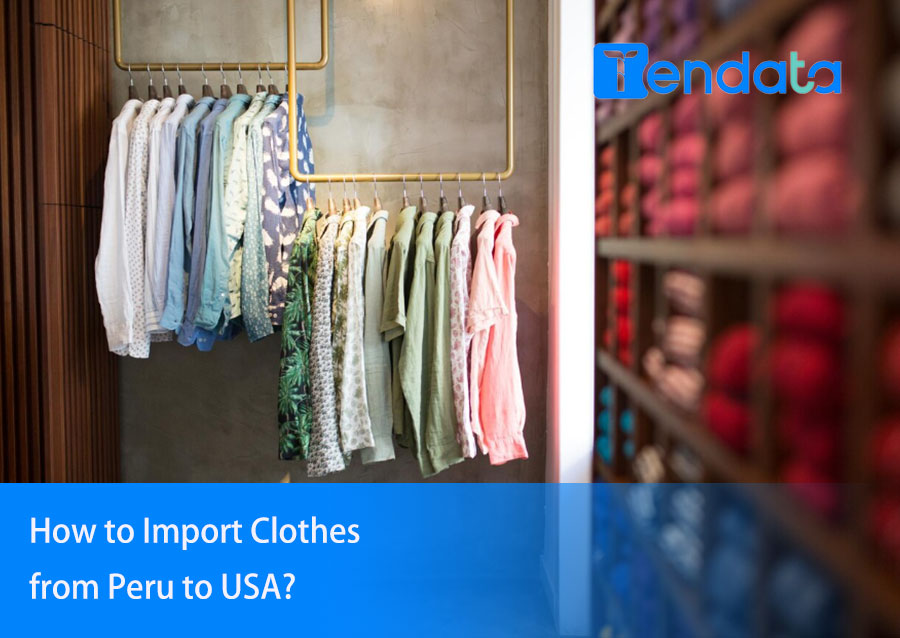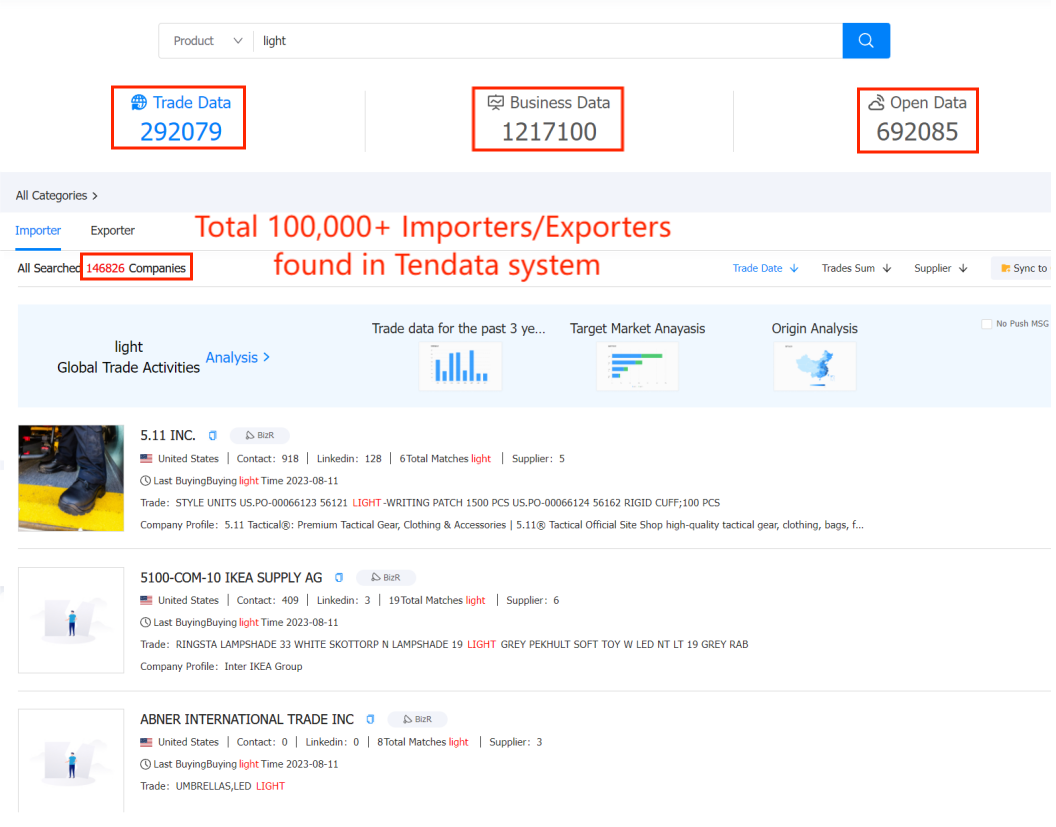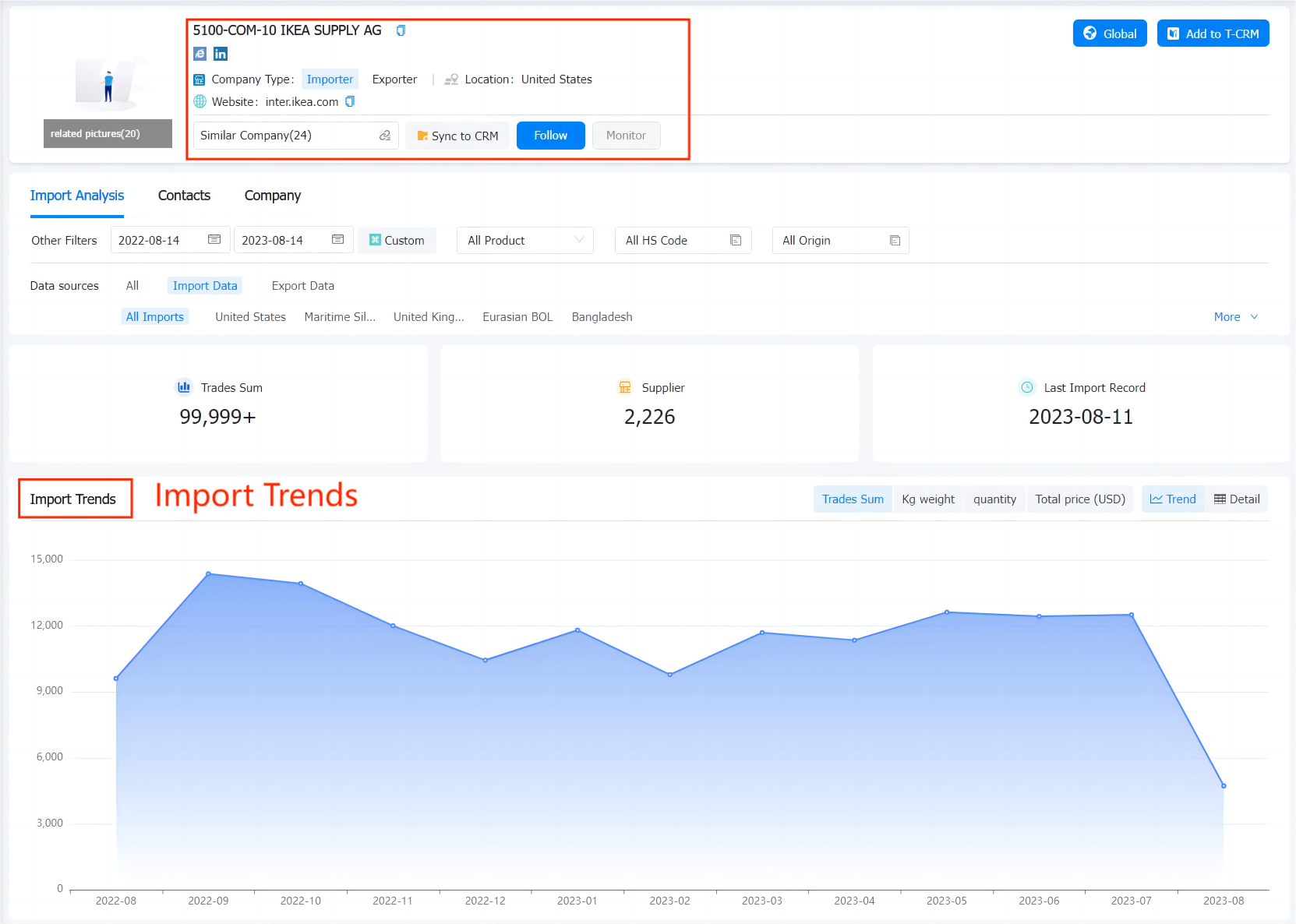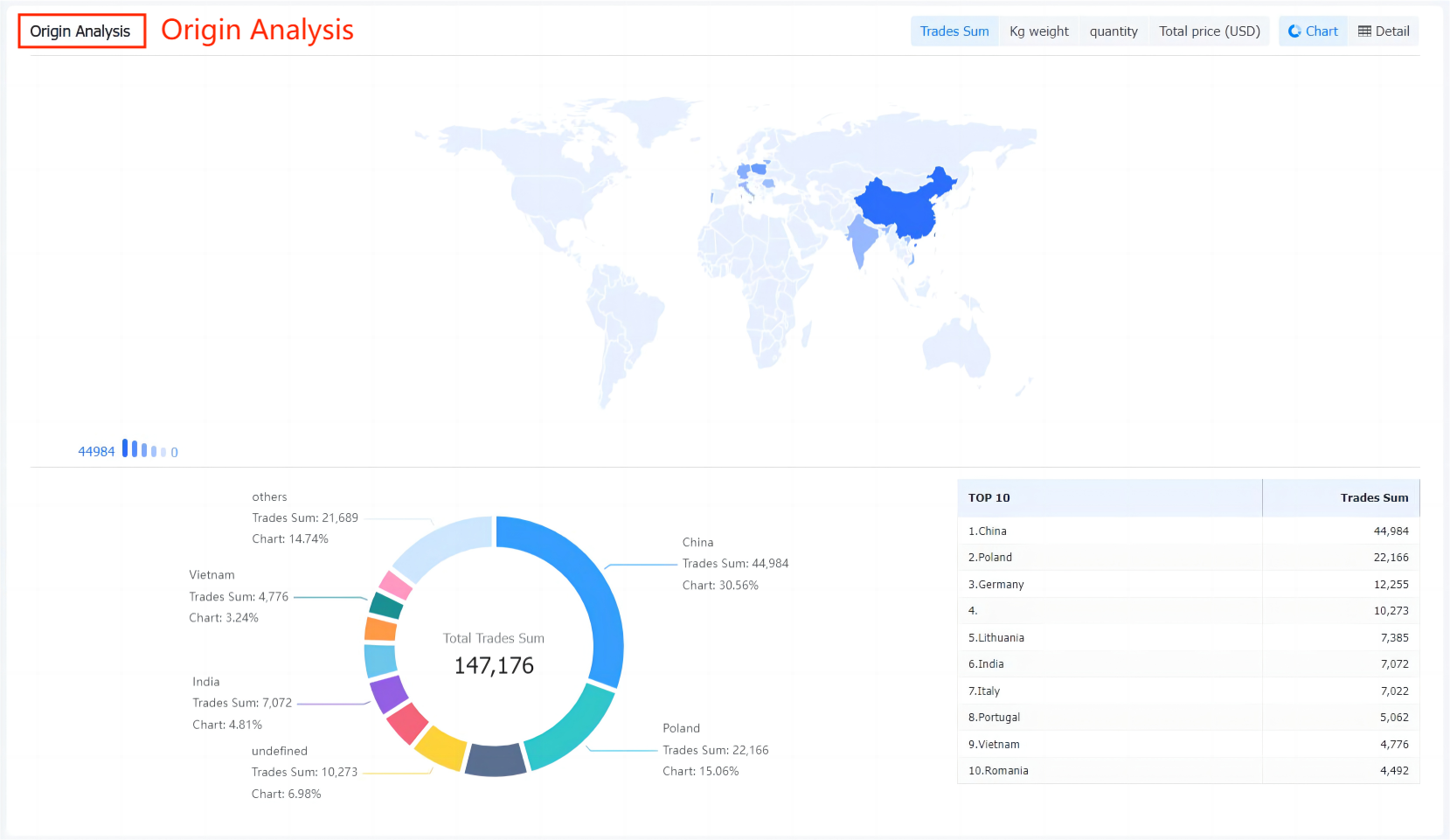 Trade Data Provider
Trade Data Provider
 01-12-2023
01-12-2023
In the realm of international trade, clothing is a significant commodity, and countries around the world engage in the import and export of garments to meet the demands of their consumers. Peru, known for its rich textile tradition and high-quality garments, offers an enticing source for clothing imports. If you're interested in importing clothes from Peru to the USA, this article will guide you through the process and provide insights into the trade dynamics.

Peru's Textile Industry
Before diving into the specifics of importing clothes from Peru to the USA, it's important to appreciate Peru's textile industry. Peru boasts a long history of textile production, dating back thousands of years to pre-Incan civilizations. Today, the country is renowned for its high-quality textiles, including alpaca and Pima cotton, and its skilled artisans who create unique, handcrafted garments.
Peruvian textile exports encompass a wide range of products, including not only clothing but also fabrics, yarn, and accessories. The country's textile industry is a crucial component of its economy and culture.
Trade Trends to Import Clothes from Peru to the USA
When considering the importation of clothes from Peru to the USA, it's essential to stay informed about trade trends and market dynamics. The textile and clothing industry is dynamic and subject to various factors that can influence your import business. Here are some key trade trends to be aware of:
1. Growing Demand for Sustainable and Ethical Fashion
One of the notable trends in the clothing industry is the increasing demand for sustainable and ethically produced fashion. Consumers in the USA are becoming more conscious of the environmental and social impacts of the garments they purchase. Peru is well-positioned to tap into this trend, as it has a strong tradition of eco-friendly practices in textile production, particularly with its use of organic cotton and alpaca wool.
To capitalize on this trend, consider sourcing clothing from Peruvian suppliers who adhere to sustainable and ethical manufacturing processes. Highlighting these qualities in your marketing and branding can give you a competitive edge in the US market.
2. E-commerce Dominance
The growth of e-commerce has transformed the retail landscape, and this trend has been accelerated by the COVID-19 pandemic. Importers of Peruvian clothing should recognize the significance of online sales channels. Establishing a robust online presence through e-commerce platforms, social media, and your website is crucial to reach a wider audience and cater to the evolving shopping habits of US consumers.
3. Trade Agreements and Tariff Benefits
Peru benefits from trade agreements with the USA, such as the United States-Peru Trade Promotion Agreement (PTPA). These agreements offer preferential tariffs and reduced trade barriers for Peruvian textile and apparel exports to the USA. Importers should take advantage of these benefits to reduce costs and remain competitive.
4. Customization and Personalization
Consumers increasingly seek unique and personalized clothing options. Consider working with Peruvian suppliers that offer customization services, allowing you to offer personalized products to your customers. Customization can set your business apart and cater to niche markets.
5. Sustainability Certification
Certifications related to sustainable and ethical practices, such as Fair Trade or organic certifications, can boost the appeal of your Peruvian clothing imports. Ensure that your suppliers comply with relevant certifications and provide transparency in their supply chain practices.
6. Supply Chain Resilience
The COVID-19 pandemic highlighted the importance of supply chain resilience. Importers should diversify their sources and have contingency plans in place to mitigate disruptions. Understanding the reliability of your Peruvian suppliers and having alternative suppliers can safeguard your business against unforeseen challenges.
7. Consumer Preferences
Lastly, stay attuned to shifting consumer preferences in the USA. Regular market research and trend analysis will help you adapt your product offerings to align with what consumers want.
The Process of Importing Clothes from Peru to the USA
1. Market Research
Start by conducting thorough market research. Identify the types of clothing you intend to import and determine their demand in the USA. Analyze your target audience and competition. Understanding market trends and consumer preferences is key.
2. Legal Requirements
Importing clothes into the USA entails complying with various legal requirements. You'll need to register your business, obtain an Employer Identification Number (EIN), and adhere to import regulations set by U.S. Customs and Border Protection (CBP). Familiarize yourself with the Harmonized System (HS) codes for clothing.
3. Sourcing Suppliers
Research and establish connections with reputable clothing manufacturers or suppliers in Peru. Verify their credentials, production capabilities, and product quality. Visit potential suppliers in Peru to inspect their facilities and products in person if possible.
4. Quality Assurance
Quality is paramount in the clothing industry. Ensure that the garments you import meet U.S. quality standards and regulations. Consider working with a quality control agency to inspect and certify the products before shipment.
5. Shipping and Logistics
Determine the most cost-effective and efficient shipping methods. Sea freight and air freight are common options. Choose reliable shipping partners and consider factors like shipping times, costs, and logistics.
6. Customs Clearance
Prepare the necessary documentation for customs clearance, including the bill of lading, commercial invoice, packing list, and certificates of origin. Work with a licensed customs broker to facilitate the import process.
7. Distribution and Marketing
Once your clothing shipment arrives in the USA, plan for distribution and marketing. Establish sales channels, such as e-commerce platforms or brick-and-mortar stores, and create marketing strategies to reach your target audience.
Market analysis involves assessing the positioning of competitors' existing products in conjunction with an enterprise's own advantages. This analysis informs the development of strategies aimed at creating a distinct and profound impression on customers, ultimately increasing the likelihood of customer acquisition. (>>> Click here to INITIATE MARKET ANALYSIS)
The Tendata platform seamlessly integrates three pivotal data sets to furnish comprehensive support for export-oriented enterprises:

1. Tendata Trade Data: This encompasses market research, product forecasting, customer development, customer retention, industry monitoring, and price anchoring.

2. Tendata Business Data: This facet involves delving into enterprise specifics, evaluating business reputation, financial standing, partner identification, risk assessment, and industry reports.


3. Tendata Open Data: With this feature, users can access global enterprise product information, precisely pinpoint company details, and access an expansive array of contact information (including key personnel and their roles, phone numbers, official website links, email addresses, and office locations). Additionally, it extends connectivity to major global social media platforms such as LinkedIn, Facebook, and Twitter. (>>>> Click here to REQUEST A FREE DEMO)

>>>> Click here to SEEK CONSULTATION<<<
Category
Leave Message for Demo Request or Questions


 T-info
T-info T-discovery
T-discovery

 My
Tendata
My
Tendata Market Analysis
Market Analysis Customer
Development
Customer
Development Competitor
Monitoring
Competitor
Monitoring Customer Relationship
Customer Relationship





































































































































